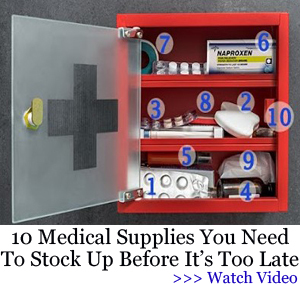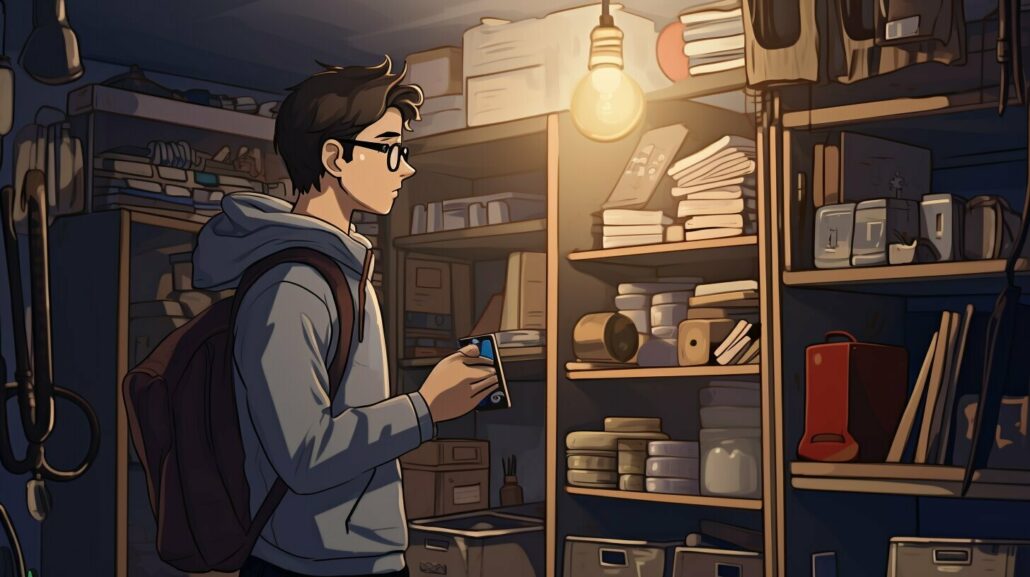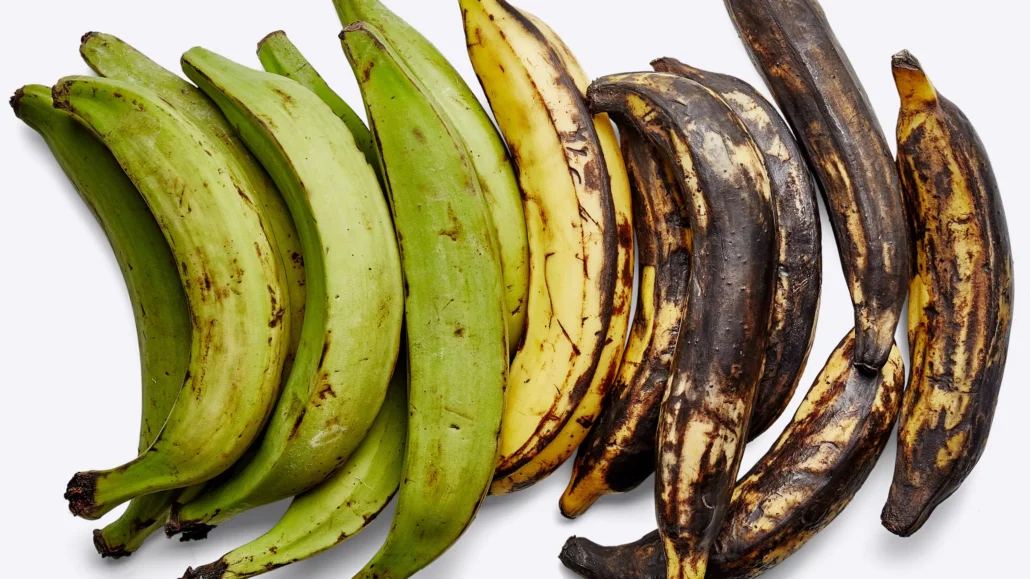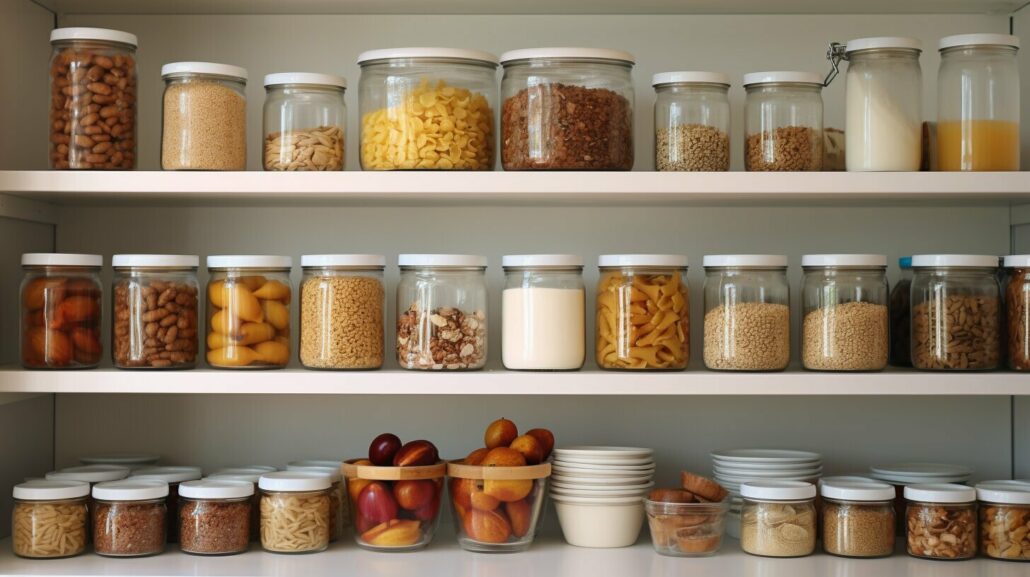When society collapses and economic breakdowns occur, the value of money in SHTF situations diminishes considerably, rendering traditional currencies like paper money and coins almost useless. In such scenarios, the bartering system becomes vital, and commodities like gold and silver establish themselves as practical means of trade due to their consistent value and demand. These precious metals offer a secure investment for long-term disaster scenarios and play a crucial role in preserving wealth during challenging times. With the potential for traditional banking systems to fail and currency rates to plummet, the significance of money in survival situations underscores the importance of possessing tangible assets that retain intrinsic value throughout crises.
Key Takeaways
- Gold and silver maintain consistent value, making them practical means of trade in SHTF situations.
- Investing in precious metals can help preserve wealth during challenging times.
- The traditional banking system may fail during crises, emphasizing the importance of tangible assets.
- Developing bartering skills can be essential for survival and money management in disaster scenarios.
- Stockpiling essential goods and investing in sustainable solutions bolsters preparedness and resilience during emergencies.
An Overview of Economic Breakdown in SHTF Scenarios
In the wake of a SHTF event, the collapse of society leads to the devaluation and possible uselessness of paper currency. Government support for banking systems can cease, rendering funds inaccessible and destroying the economic stability in survival scenarios. These catastrophic disruptions underscore the vulnerability of relying solely on traditional monetary systems.
As a result, alternate currencies, particularly precious metals like gold and silver, see a dramatic increase in value and become crucial for trade and survival amid collapsing economic structures. The currency value during emergencies plays a significant role in determining the course of action for individuals during a crisis. Let’s take a closer look at how the importance of money during a crisis can impact your decision-making and what strategies can help you in maximizing financial resources in a disaster.
“By failing to prepare, you are preparing to fail.” – Benjamin Franklin
Following are some factors that can affect the value of traditional currency and the need for alternative resources during crisis situations:
- Loss of confidence in government-backed financial institutions.
- Rapid inflation or hyperinflation, causing paper currency to lose its purchasing power.
- Lack of access to bank accounts and financial services due to widespread disruptions in communication networks and infrastructure.
- Increase in crime and theft, leading to the loss of physical cash.
Given these potential challenges, it becomes essential to explore alternative forms of currency and means of sustaining your financial footing during SHTF scenarios, such as the role of precious metals and essential goods in bartering:
| Precious Metals | Essential Goods |
|---|---|
| Gold and silver maintain a stable value and can act as a hedge against inflation. | Food, medicines, and other necessary items can be used for trade and sustenance during emergencies. |
| Precious metals are universally accepted, facilitating transactions in various global locations. | High-demand items (e.g., batteries, flashlights) can become essential currencies in a barter-based economy. |
| Coins, in particular, are easy to carry and offer practicality in small-scale transactions. | Sustainable production of tradable goods (e.g., farming, alcohol) can help build self-sufficiency and resilience in the long run. |
In conclusion, understanding the dynamics of economic breakdown during catastrophic events is crucial to ensure preparedness and safeguard your financial interests. By diversifying your financial resources and focusing on alternative investment avenues, you can navigate the complexities of a SHTF scenario and emerge stronger on the other side.
The Role of Precious Metals in SHTF Preparedness
Gold and silver have a longstanding reputation as dependable stores of value. Their historical stability and demand during economic turmoil provide a safeguard against the devaluation of paper money, making them a key component for financial preparedness in SHTF situations.
Gold and Silver as a Store of Value
Investment in gold and silver for disaster scenarios is a wise decision, as these precious metals hold their value even during times of crisis. Unlike traditional currencies, which may lose their value due to inflation or economic collapse, gold and silver remain valuable even as paper money becomes worthless.
Bartering with Precious Metals When Currency Fails
When traditional currencies fail in SHTF scenarios, gold and silver serve as reliable alternatives for bartering, enabling individuals to trade for essentials. The universal acceptance of precious metals facilitates transaction processes crucial for survival and sustenance. During the exchange of goods and services, gold and silver can help procure necessities such as food, water, medicine, and shelter.
Choosing Coins Over Bars for Practical Trade
Opting for coins over bars in precious metal ownership is advisable due to the recognizability and standardization of weight and purity in coinage, such as pre-1965 US silver coins. Coins present a practical trade format with their utility in small-scale transactions and established face values. Moreover, coins are easily divisible and can be used in various denominations to accommodate different transaction needs.
| Precious Metal | Advantages | Examples |
|---|---|---|
| Gold Coins |
| American Gold Eagle, South African Krugerrand |
| Silver Coins |
| Pre-1965 US silver coins, Canadian Silver Maple Leaf |
Understanding the role of precious metals in emergencies and investing in gold and silver for financial preparedness empowers individuals to navigate challenging SHTF scenarios. Focusing on the exchangeability of gold and silver coins can significantly enhance one’s ability to barter during times of crisis, ensuring higher chances of survival and prosperity.
Barter Essentials: Alternatives to Traditional Currency
In a barter economy arising from SHTF situations, possessing tradable items like tools, food staples, personal care products, and medicines becomes critical. High-demand items, such as batteries and flashlights, can be essential currencies, and the ability to replenish certain goods sustainably, including alcohol and tobacco, can prove invaluable in long-term scenarios. Let’s explore some of the essentials that can act as alternatives to traditional currency in emergencies.
- Tools and equipment: Having a surplus of versatile tools and equipment serves a dual purpose by not only making essential tasks more manageable but also by providing bargaining power in trade situations.
- Food staples: Non-perishable food items, such as canned goods, grains, and dried fruits, contribute to individual survival and can be easily bartered for other essentials during crises.
- Personal care products: Items like soap, toothpaste, and toilet paper become precious commodities in post-apocalyptic situations, making them valuable for trade.
- Medicines and first aid items: Over-the-counter medications, prescription drugs, and first aid supplies will always be in high demand, boosting their value in trade situations.
“In a post-apocalyptic barter economy, everyday items we often take for granted transform into invaluable resources.”
Beyond these essential goods, let’s take a closer look at some high-demand items and their potential uses as alternative currency in post-apocalyptic situations:
| High-Demand Item | Potential Uses | Value in Barter |
|---|---|---|
| Batteries | Powering essential electronics, such as flashlights, radios, and medical devices | High |
| Flashlights | Providing light in the absence of electricity and during nighttime | High |
| Fuel | Transportation, cooking, and heating | High |
| Seeds | Planting sustainable food sources | Medium |
| Alcohol and Tobacco | Consumption and offering comfort during stressful times | Medium-High |
| Water purification tablets | Making contaminated water safe to drink | High |
Developing bartering skills in post-apocalyptic situations and maintaining a stockpile of essential and high-demand items serve as crucial alternatives to traditional currency in emergencies. Trading essential goods during crises can help secure and sustain your community in the absence of conventional monetary systems.
Investing in Consumables: Food, Medicine, and Survival Goods
When it comes to preparing for SHTF scenarios, a key aspect of a comprehensive strategy is investing in consumables for survival. This ensures that you have an adequate supply of essential items for sustenance, health, and resilience in the face of adverse circumstances. By stockpiling food and medicine, you are not only securing your well-being but also equipping yourself with valuable resources for bartering in times of crisis.
There are a few categories of essential supplies for SHTF scenarios that you should consider adding to your stockpile:
- Non-perishable food items
- Drinking water
- Basic medical supplies
- Personal hygiene products
- Essential tools for survival and self-defense
- Portable sources of heat and light
As you begin to accumulate these items, it is important to store them properly to ensure their longevity and effectiveness. This may involve using airtight containers and cool, dry environments for food storage; rotating your stockpile to avoid spoilage; and organizing supplies in a manner that permits easy access and efficient usage.
Remember, a diversified stockpile of consumable goods not only bolsters your resilience during emergencies but also provides a potential source of income through bartering.
The following table presents some of the most valuable consumables to stockpile and their potential uses:
| Consumable | Potential Uses | Bartering Benefits |
|---|---|---|
| Non-perishable food items | Providing nourishment during exigencies | High demand in times of scarcity |
| Bottled water | Essential hydration for survival | Crucial resource in compromised supply situations |
| Basic medical supplies | Treating injuries and illnesses during emergencies | Vital for communal well-being |
| Personal hygiene products | Maintaining cleanliness and health | Prevention of illnesses and infections |
| Essential tools | Repairs, construction, and self-defense | Many tasks become difficult without tools |
| Portable sources of heat and light | Warmth and visibility during power outages | Integral to survival in prolonged crisis periods |
By focusing on these categories and investing in a variety of essential supplies, you greatly enhance your preparedness for SHTF scenarios and set the stage for thriving despite unimaginable challenges.
Protecting Your Financial Resources from Theft and Loss
In a world facing SHTF events, safeguarding assets in disaster is a priority for individuals seeking to preserve their financial security. Theft prevention in emergencies becomes crucial, as do physical defenses against potential intruders. This section focuses on the importance of secure storage solutions and protection strategies to ensure the safety of your valuables when disaster strikes.
Safe Storage Solutions for Your Valuables
Home safes, diverse hiding places, and strategic storage methods are vital for protecting precious metals and other valuables from theft in SHTF scenarios. Secure, concealed storage options reduce the risk of asset loss during chaotic periods, ensuring your financial resources remain intact even under extreme circumstances.
“Secure, concealed storage options reduce the risk of asset loss during chaotic periods and ensure your financial resources remain intact.”
Consider investing in home safes that are fireproof, waterproof, and tamper-resistant for maximum protection. Diversify your hiding places to prevent potential thieves from locating all your valuables in one spot. This strategy can involve concealing small caches of precious metals throughout your home, property, or potentially in multiple locations to increase the chance of retention during a crisis.
Physical Protection Strategies in Hostile Situations
Physical defenses against theft, such as self-defense measures, secured premises, and the ability to incapacitate intruders with non-lethal means like pepper spray, are essential to protecting valuables. In extreme situations, one may need to confront moral dilemmas when deciding to use lethal force to defend their possessions.
- Self-defense measures: Gain knowledge of effective self-defense techniques, and consider owning personal protection tools like a Taser or a collapsible baton to ward off intruders.
- Secured premises: Strengthen your home’s security through reinforced doors, windows, and security cameras, along with an alarm system that alerts you to potential intruders.
- Non-lethal means of protection: Familiarize yourself with non-lethal devices like pepper spray or tear gas in case you need to incapacitate an intruder without causing lasting harm.
Ultimately, the priority is to protect your financial resources from theft and loss. Implement a comprehensive strategy that combines secure storage and physical protection measures. This approach will help safeguard your assets and ensure your financial well-being during unpredictable and chaotic SHTF events.
Understanding Liquidity and Portability of Assets in a Crisis
In SHTF scenarios, the liquidity and portability of assets in emergencies become crucial aspects of survival. These assets’ ease of trade, universal acceptance, and the ability to carry significant value in small quantities make them ideal for individuals who may require mobility and quick access to resources during emergencies.

Gold and silver are prime examples of assets that excel in terms of liquidity and portability, which are essential for effective asset management during SHTF. Not only do these precious metals maintain value across various economic climates, but they are also easily divisible and recognizable, allowing for hassle-free transactions.
“Gold and silver are accepted as money all over the world, and their value does not depend on the stability of a paper currency or the strength of a nation.” – Mark O’Byrne
It’s important to keep in mind the factors that contribute to the accessibility of resources in crises when building a survival plan. Here is a summary of what to consider when evaluating asset liquidity and portability for all types of valuables:
- Universal acceptance
- Ability to be easily divided into smaller units
- Recognition and established value
- Portable and easily transported
For a comprehensive overview, we compiled a table that compares various types of assets in terms of liquidity and portability during a crisis:
| Asset Type | Liquidity | Portability |
|---|---|---|
| Paper Currency | High (before SHTF) | High |
| Bank Deposits | Low (during SHTF) | Low |
| Gold | High | High |
| Silver | High | High |
| Food | High | Variable |
| Medicine | High | Variable |
| Tools | Medium | Variable |
Remember, effective asset management during SHTF requires strategic planning and a diversified portfolio that includes various types of assets with different liquidity and portability levels. A balanced approach that leverages the advantages of each asset will ensure better chances of survival and financial security even in the face of unpredictable emergencies.
The Universality of Precious Metals During Global Emergencies
The increasing interconnectedness of today’s globalized world means that crises in one region can quickly spill over into others, causing a cascading effect and further complicating humanitarian efforts. As a result, rapidly changing global trade standards demand a form of currency that can maintain its value, regardless of the environment. In this context, precious metals like gold and silver emerge as the obvious choice.
Why Gold and Silver Are Global Standards of Trade
Since ancient times, gold and silver have been universally recognized as commodities of value. They have remained resilient in the face of financial crashes, war, and numerous other crises. Today, the universality of gold and silver is attributed to their global recognition as standards of trade. Their intrinsic value and wide acceptability make them dependable options for commerce in various geographic locations, particularly when facing global emergencies that affect multiple countries.
The universality of gold and silver is attributed to their global recognition as standards of trade. Their intrinsic value and wide acceptability make them dependable options for commerce in various geographic locations, particularly when facing global emergencies that affect multiple countries.
When conventional currencies fail, gold and silver can still be used for trade, partly due to their physical durability and widespread recognition across cultural borders. This ensures that they function as reliable stores of value and means of exchange during times of crisis.
| Precious Metal | Advantages | Example Use-Cases |
|---|---|---|
| Gold |
|
|
| Silver |
|
|
Every responsible individual and organization must continually reassess the threat landscape and adapt their financial portfolios accordingly. This includes not only maintaining a diversified mix of assets but also being prepared to use assets like gold and silver as a universal currency during times of global emergency. By understanding the value and practical applications of precious metals, individuals can better navigate challenging situations and ensure their financial security.
Balancing Your SHTF Portfolio: Cash, Goods, and Precious Metals
Creating a balanced SHTF financial strategy requires a thoughtful combination of cash, essential goods, and precious metals to address immediate and prolonged crisis periods. While cash plays a crucial role during the initial stages of a disaster, essential goods and precious metals serve as long-term survival investments. The key to balancing assets in survival portfolios is prioritizing the diversification of survival resources.
The following table illustrates an optimal allocation of assets in an emergency financial portfolio:
| Asset Type | Percentage Allocation | Role in Portfolio |
|---|---|---|
| Cash | 10%-20% | Short-term liquidity and immediate needs |
| Essential Goods | 40%-50% | Long-term survival and bartering |
| Precious Metals | 30%-40% | Store of value and hedge against inflation |
While percentages may vary based on individual requirements and risk tolerance, this basic framework provides a solid foundation for a well-balanced SHTF portfolio. Consistently reviewing and adjusting the portfolio as needed helps ensure that resources maintain their relevance and effectiveness in various crisis scenarios.
Diversifying your SHTF strategy ensures a solid foundation for addressing the unique challenges of different crisis situations. A combination of cash, goods, and precious metals allows for greater flexibility and adaptability in times of need.
Consider following these guidelines to ensure a well-balanced and diverse survival portfolio:
- Maintain an emergency cash reserve for immediate needs during the initial stages of a disaster
- Invest in essential goods that offer long-term survival benefits, such as food, medicine, and tools
- Allocate a portion of assets to precious metals like gold and silver as a reliable store of value and hedge against inflation
- Periodically review and adjust the portfolio by reallocating resources based on emerging circumstances and survival needs
By integrating these principles into your SHTF financial strategy, you enhance your ability to respond effectively to various emergencies while safeguarding your resources and improving your chances of long-term survival.
Bartering Skills and Sustainable Solutions in Long-Term SHTF Events
In the face of long-term SHTF events, establishing sustainable solutions and mastering bartering proficiency emerge as crucial survival strategies. Gaining self-sufficiency and resilience through practices like farming, livestock raising, and home production of in-demand items, such as alcohol and tobacco, can considerably contribute to one’s wealth and position in a post-collapse scenario.
Not only does cultivating sustainable resources provide the essentials for survival, but they also serve as valuable commodities for trade in a bartering economy. Building expertise in renewable energy sources, offering protection services, or even possessing rare skill sets can elevate one’s status in the community and enhance bargaining power.
As traditional currencies lose their hold and society shifts towards a barter system in the midst of SHTF situations, the ability to offer sought-after goods and services is paramount. Integrating long-term survival strategies into your preparedness plan, coupled with the development of bartering proficiency in post-collapse scenarios, ensures a greater chance of enduring and prevailing during extended periods of crisis and societal breakdown.










